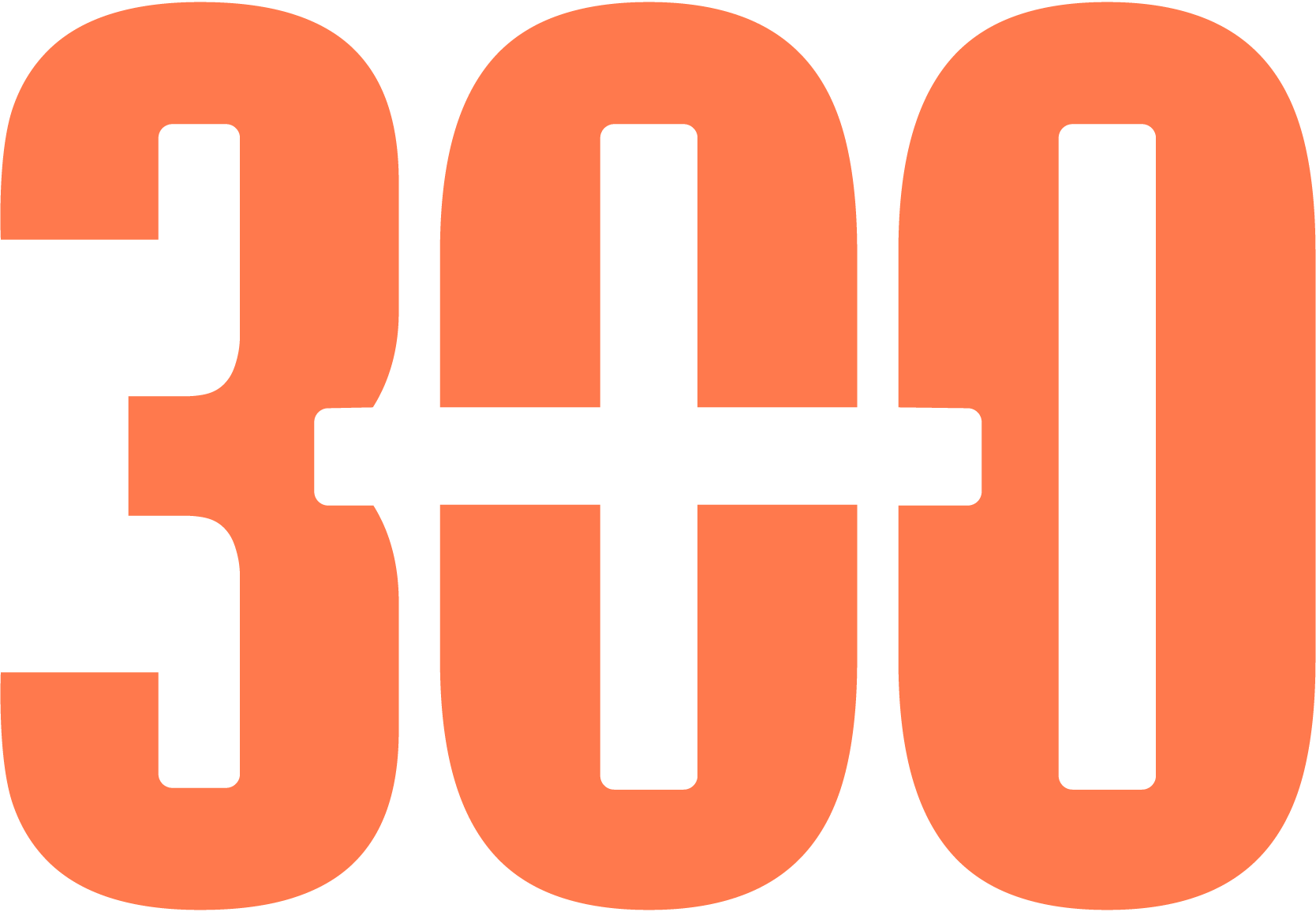2025 is the year of more
Uncertainty normally leads to decisions getting delayed, but making a bad decision is worse than no decision at all. Here’s how agencies can overcome this in what we define as the ‘year of MORE’.
The pressure to make the right move can result in no move at all, and yet, inaction is often the most damaging choice. Clients still expect results, investors and holding companies still expect margins, and your teams still expect leadership.
Over the past six months, conversations with leaders across global networks, independent agencies, specialist consultancies, as well as reviewing data, has revealed a few recurring truths about growth.
The market is turning into a knife fight of new business...new business is drying up for agencies ill-equipped to find clients in a squeezed market.
PR Week
1. More Competitive
When organic growth starts to stagnate, attention turns quickly to net new. And with that, the pitch market tightens, which is resulting in competitive intensity rising across the board. This environment demands discipline. The principle of “pitch less to win more” is no longer a provocative idea, but a strategic necessity. Spreading teams thin across ten live pitches rarely produces the best work. Focused investment in fewer, well-qualified opportunities increases both the quality of response and the likelihood of success. The bar has risen. An 80% effort won’t cut it. Agencies must be 120% in or 120% out – there is no value in the middle.
It’s also worth noting that a well-run pitch process is no longer a luxury. It’s a competitive advantage, and when a process is done right, it frees up your best minds to focus on ideas, not admin.
2. More Commercial
As pitch pressure intensifies, the temptation is often to focus on creative or strategic differentiation. But agencies that overlook commercial innovation do so at their peril.
According to WFA and MediaSense, three-quarters of clients plan to review their remuneration models within the next three years. More than half expect to move toward performance-based compensation. Templates that rely on FTEs and legacy structures are quickly losing relevance.
This is the moment to reframe how you demonstrate value. What can you offer that is disproportionately useful to the client while remaining low-cost or already built on your side? Think in terms of value packaging, of creating new utility from existing capability and you open up an entirely different conversation with procurement.
3. More Challenger
Indie and challenger agencies are now involved in a third of all pitches, not just as token participants but as serious contenders. Clients are looking for alternative models, seeking agility, senior access, and a sense of genuine partnership.
This shift is not simply about performance, it’s about perception. Over the last five years, holding companies have lost 15 percentage points of total advertising spend. Not because independents have dramatically grown their share, but because clients are bringing more work in-house. There is a growing dissatisfaction with the perceived scale and complexity of the traditional network model.
If you’re part of a large group, you need to make that scale work for you but you also need to show up with the hustle, flexibility, and intimacy that clients associate with independents. It’s not about changing your identity, but about expressing it in a way that speaks to this moment.
4. More Creative
Despite everything that’s changed in the landscape, creativity remains the single biggest profitability lever for agencies and the most decisive factor in pitch outcomes. The quality of the work still matters, often more than anything else.
But creativity doesn’t stop at the idea. Increasingly, how you deliver your pitch is as important as what you deliver. Clients are being asked to sit through two-hour presentations with multiple stakeholders. If your approach doesn’t consider the human dynamics such as attention spans, energy cycles, memory, it risks fading into the noise.
Used wisely, pitch theatre is not a gimmick. It’s a tool for engagement. When ideas are well-executed and presented with intent, they still move people, and people still buy them.
5. More Compute
Smaller, more agile agencies are already integrating AI tools to transform how they operate. They’re using machine learning to model personas, draw insights, refine creative routes, and compress timelines, often trimming 30 to 40% off pitch preparation cycles in the process.
By contrast, many holding company agencies have invested in proprietary platforms that, while technically sophisticated, remain underutilised.
This is where mindset matters more than infrastructure. AI doesn’t need to be centralised or built into every system. But it does need to be accessible. Teams must feel licensed to experiment, to test, and to share what works. Without that, even the most robust technology stack becomes a passive asset.
In the pursuit of growth, it’s easy to overlook what’s already in front of you. Too many agencies chase the next new logo, only to neglect the clients already paying the bills. And when those clients leave (often quietly, and after several missed warning signs) the team is surprised. They shouldn’t be.
The best agencies in 2025 will be those that focus not only on what’s next, but on what’s already working. They treat their existing clients as growth clients. That understands pitching isn’t a numbers game, but a precision exercise. That knowing creative thinking doesn’t just belong in the idea, it belongs in the process, in the commercial model, and in the way the whole organisation shows up.
The year of “more” is already here.
If you want to know how your agency can enhance its growth strategy, contact patrick@the300consultancy.com to hear about our brand new workshop audit.
